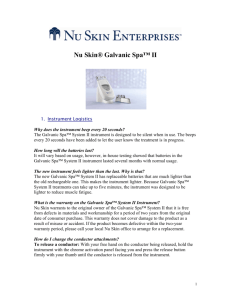Galvanic Cells - worrellchemistry
advertisement
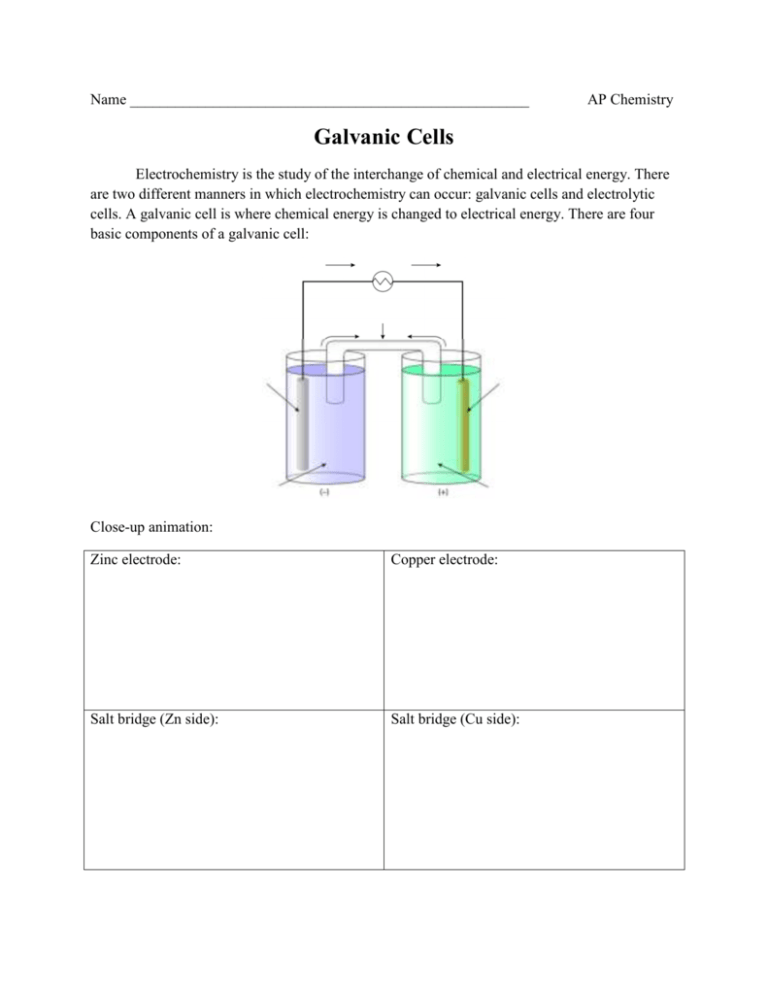
Name _____________________________________________________ AP Chemistry Galvanic Cells Electrochemistry is the study of the interchange of chemical and electrical energy. There are two different manners in which electrochemistry can occur: galvanic cells and electrolytic cells. A galvanic cell is where chemical energy is changed to electrical energy. There are four basic components of a galvanic cell: Close-up animation: Zinc electrode: Copper electrode: Salt bridge (Zn side): Salt bridge (Cu side): A galvanic cell cannot always be described by a picture. Another method of denoting a particular galvanic cell is through line notation: Example #1 A voltaic cell consists of two half-cells. One of the half-cells contains a platinum electrode surrounded by permanganate and manganese (II) ions. The other half-cell contains a platinum electrode surrounded by chlorate ions and chlorine gas. (a) Draw a diagram of the voltaic cell described above. (b) Write the anode half reaction and the cathode half-equation. (c) Write the cell in line notation. A galvanic cell consists of an oxidizing agent in one compartment that pulls electrons through a wire from a reducing agent in the other compartment; this “pull” is known as the cell potential. Cell potential (Ecell) is the potential of the cell to do work on its surroundings by driving an electric current through a wire. It is measured in volts (V). Potentials of reduction reactions are given in the table at standardized conditions (1 atm, 1 M, and 25ºC). To calculate the overall potential of a cell, the reduction potential and oxidation potential are summed together: Ecell = _______ + ________ Oxidation potential is opposite charge of reduction potential. Example #2 Consider a galvanic cell based on the reaction: Al (s) + Ni2+ (aq) → Al3+ (aq) + Ni (s). Calculate the Eºcell for the reaction. Furthermore, the cell potential can be used to compare the strength of oxidizing and reducing agents. The strongest reducing agent has a large negative reduction potential while the strongest oxidizing agent has a large positive reduction potential. Example #3 Arrange the following oxidizing and reducing agents in order of increasing strength within each group: Oxidizing agents → Br2, Fe2+, I2, Cu2+ Reducing agents → Mg, Fe2+, Cl- Practice Problems 1) Draw a diagram for a galvanic cell for each of the following reactions. Label the anode and cathode, and indicate the direction of current flow throughout the circuit. For each reaction, either write the line notation or complete reaction equation. (a) Sn (s) + 2 Ag+ (aq) → Sn2+ (aq) + 2 Ag (s) (b) Cd (s) | Cd2+ (aq) || Ni2+ (aq) | Ni (s) (c) 2 AuCl4- (aq) + 3 Cu (s) → 2 Au (s) + 8 Cl- (aq) + 3 Cu2+ (aq) (d) Al (s) | Al3+ (aq) || I2 (g) | I- (aq) | Pt (s) 2) Calculate Eº for the following galvanic cells: (a) Pb (s) + 2 Ag+ (aq) → Pb2+ (aq) + 2 Ag (s) (b) O2 (g) + 4 Fe2+ (aq) + 4 H+ (aq) → 2 H2O (l) + 4 Fe3+ (aq) (c) a Cd-Cd2+ half-cell and a Zn-Zn2+ half-cell 3) Arrange the following oxidizing agents in order of increasing strength: Cd2+, IO3-, K+, H2O, AuCl4-, I2. 4) Arrange the following reducing agents in order of increasing strength: Cu+, F-, H-, H2O, I2, K.
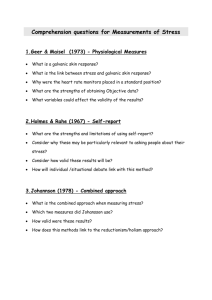
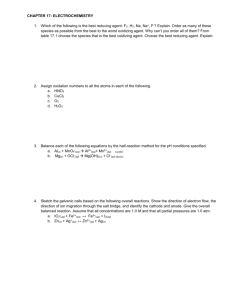


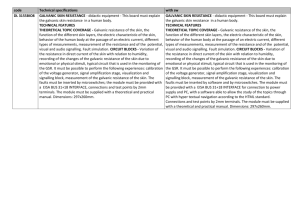

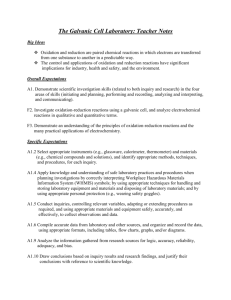
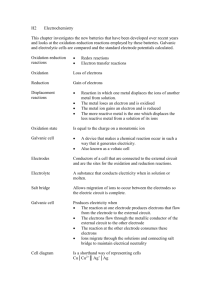

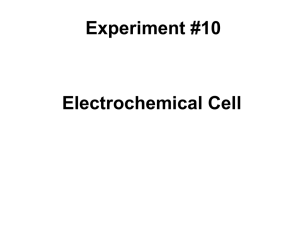
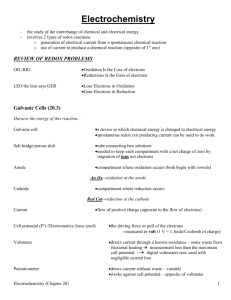
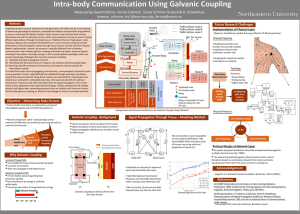
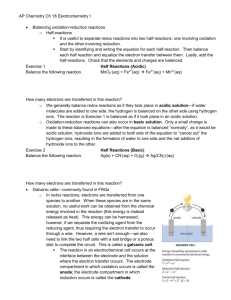
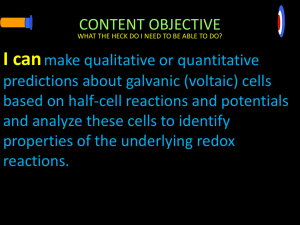
![Galvanic [Electrolytic] Corrosion](http://s3.studylib.net/store/data/008192854_1-c4f7e03942d8b8b73f2fe7a0650571c9-300x300.png)



